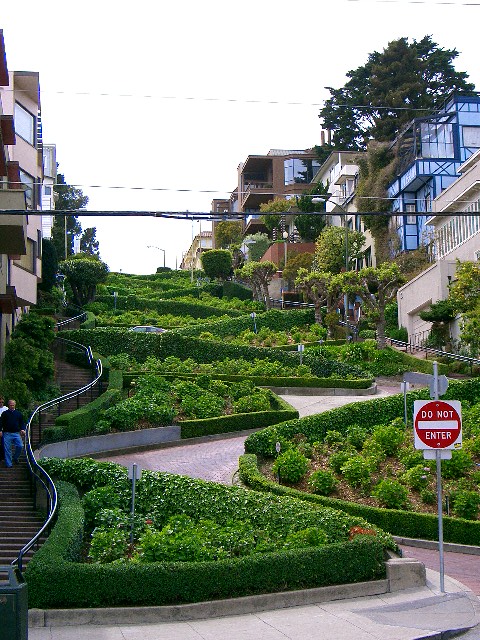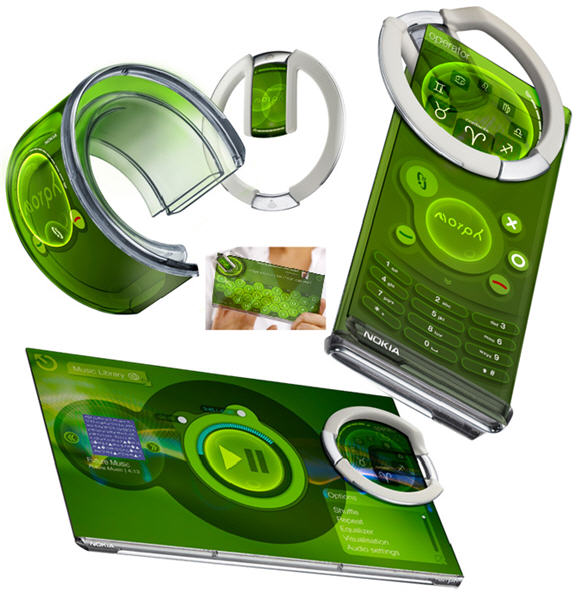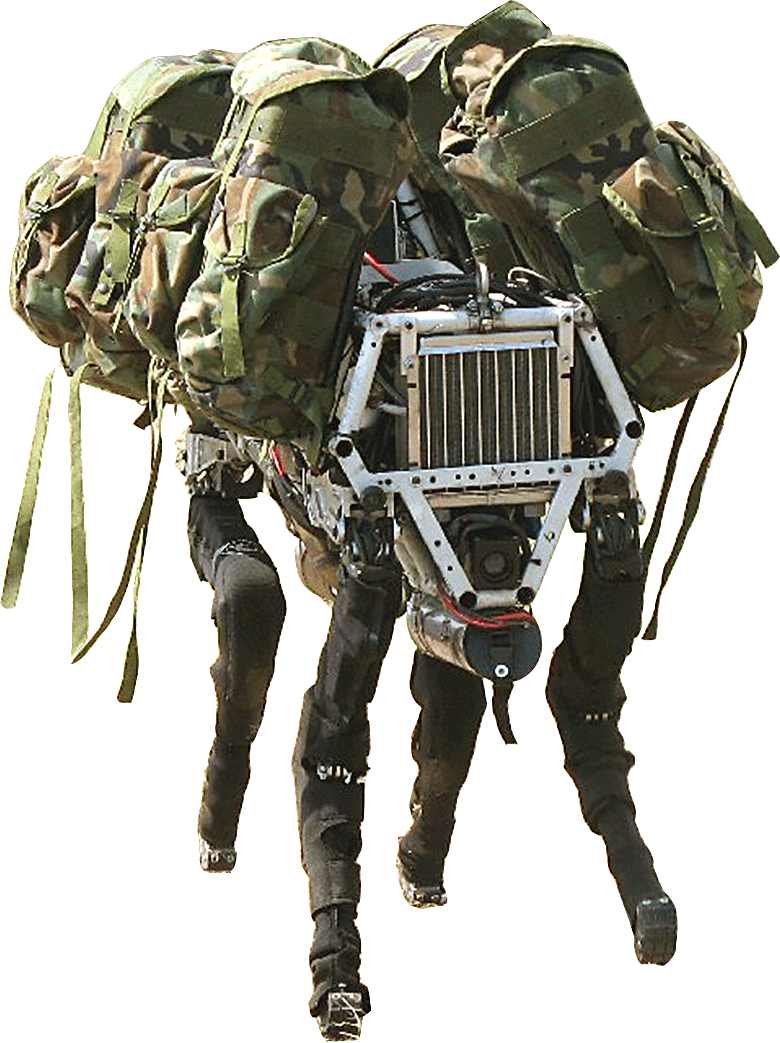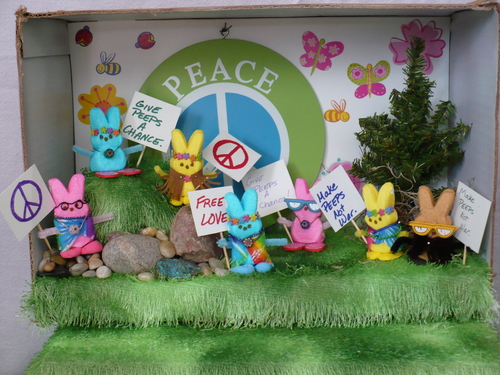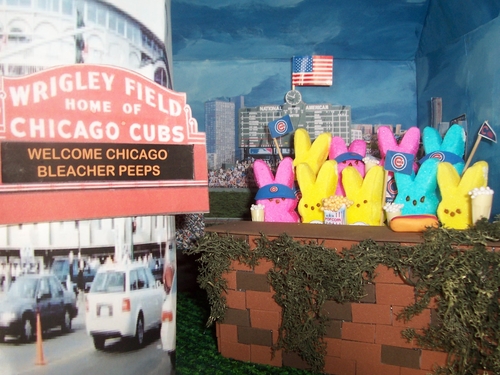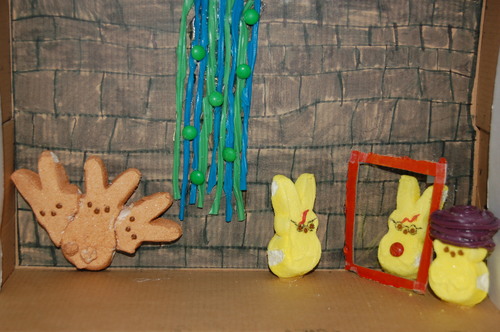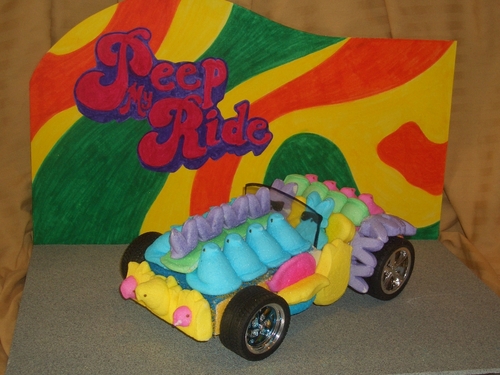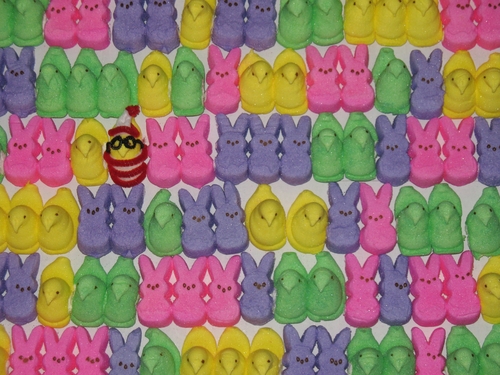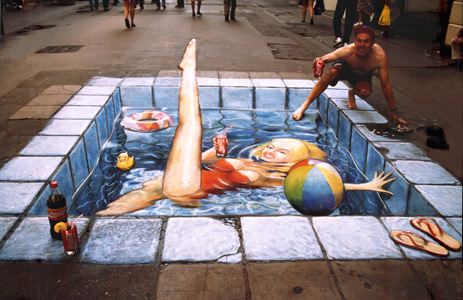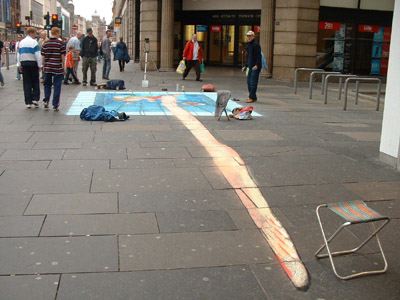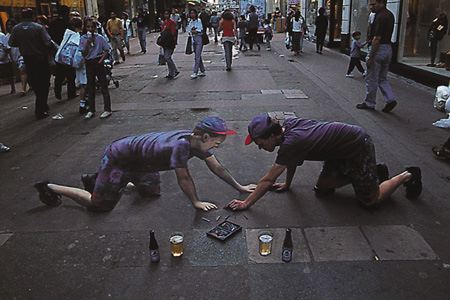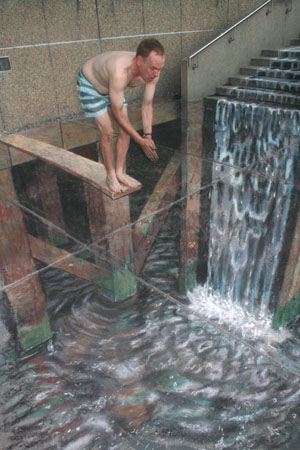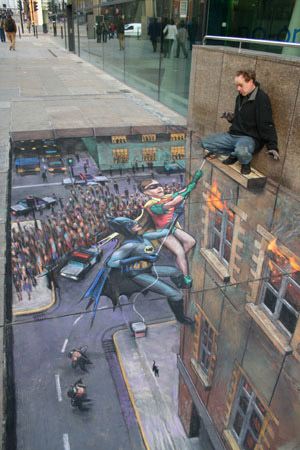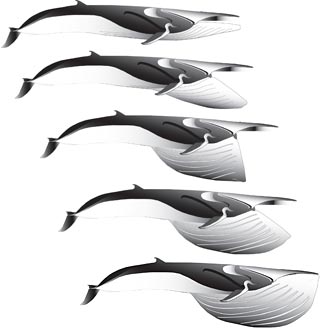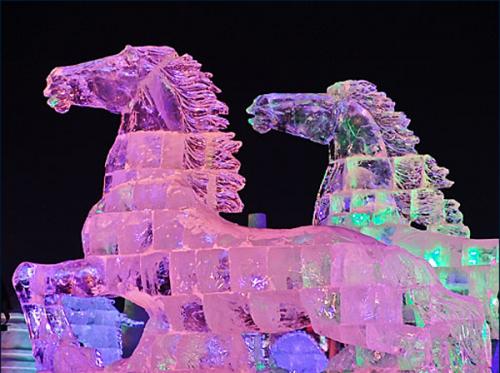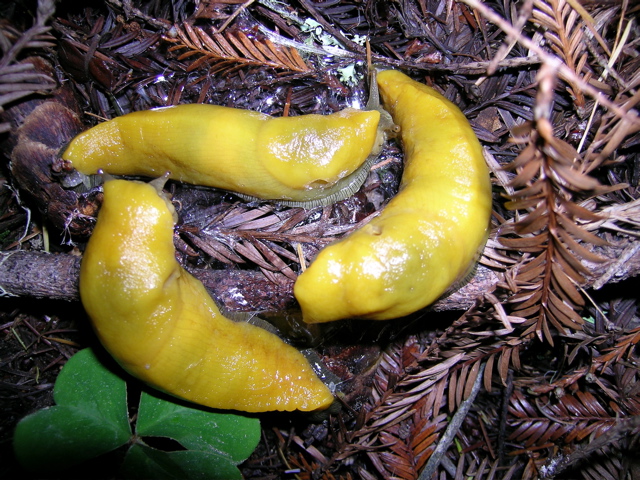 "The banana slug is a bright yellow to olive green-ish, slimy mollusk found in the northwest redwood forests and can grow up to 12". It the official school mascot for UC Santa Cruz."
"The banana slug is a bright yellow to olive green-ish, slimy mollusk found in the northwest redwood forests and can grow up to 12". It the official school mascot for UC Santa Cruz."I love banana slugs. And now, out in California, I actually see them. So imagine my glee when I discovered these gems of randomness.
You can buy a gummy banana slug from Candy Warehouse for $5.90. These sugary wonders are 5.5 inches long and weigh 45 grams. Or get a similarly sized candy mollusk for only $4.75.
But if we are talking random fabulous, buy your gummy slug from McPhee. While you're there, you may want to pick up some meat trinkets including a bacon placemat and assorted meat pencil toppers?! Or pick up an avenging narwhal play set or other bizarre types of candy!
Lake Quinault Lodge even has a stuffed slug?!
As strange as these fake banana slugs may seem, the reality of these mollusks is much, much stranger. Banana slugs, Ariolimax columbianus, are hermaphroditic, which means they have both male and female parts. This is not all that strange in the animal kingdom, especially among invertebrates. However, it's what they do after they mate that is unusual. Slugs generally fertilize each other at the same time, but because they can have rather large reproductive organs, one of the slugs can get stuck. The other slug then does an activity scientifically referred to as apophallation, where they... ahem... gnaw off the other slug's penis to get the slug loose from its mate. While this may sound crazy to us, scientists believe this may serve an important purpose. They slug who loses their male organ is forced to become female and offer up eggs.
Still need more banana slug science? Here's a coloring page.


